Homemade pregnancy tests have been around since before over-the-counter tests were available, and are a quick, fun way to test for pregnancy without having to run to the store.
Believe it or not, many items around your house like vinegar, sugar, toothpaste, bleach, and even dandelions can be used for DIY at-home pregnancy tests. You can even get a better idea of the gender by seeing how your urine reacts with baking soda.
We’ll cover how accurate homemade pregnancy tests are, how they work, when you should take them, and what to do if you get a positive result.
Keep In Mind


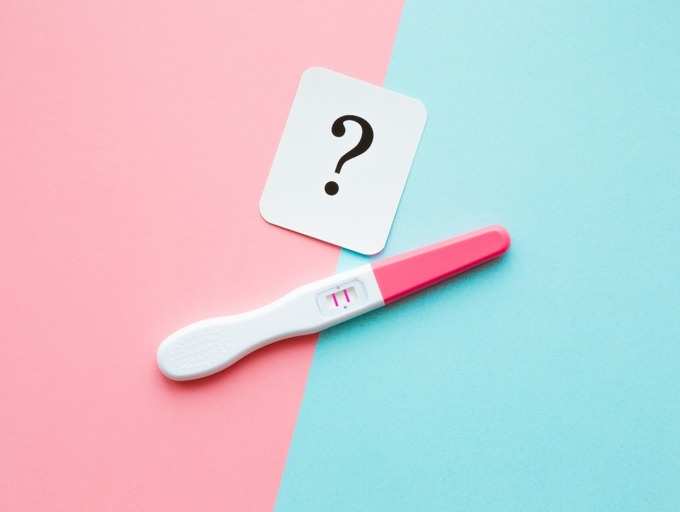
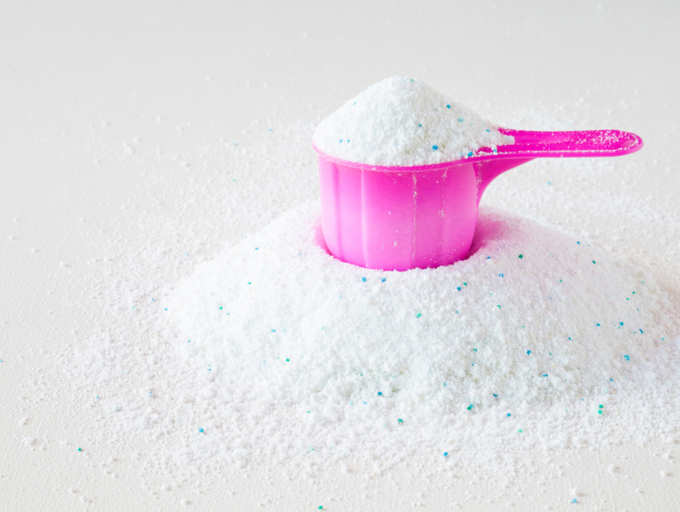
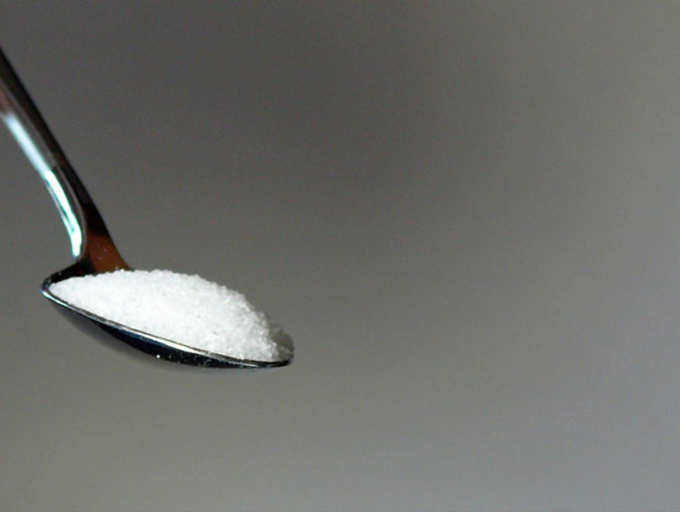
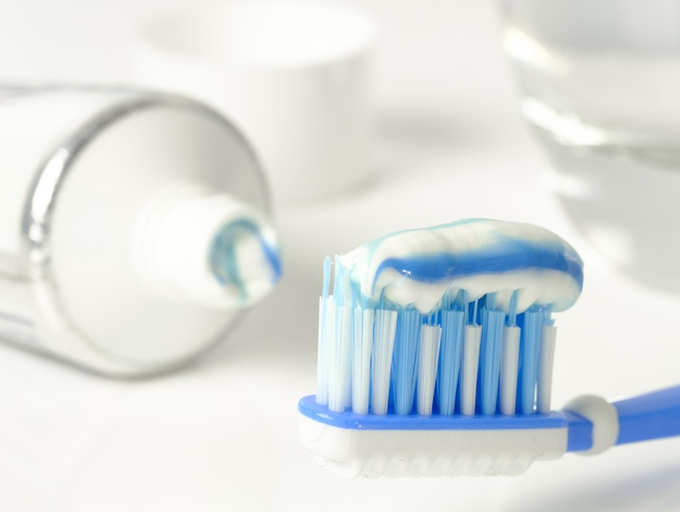

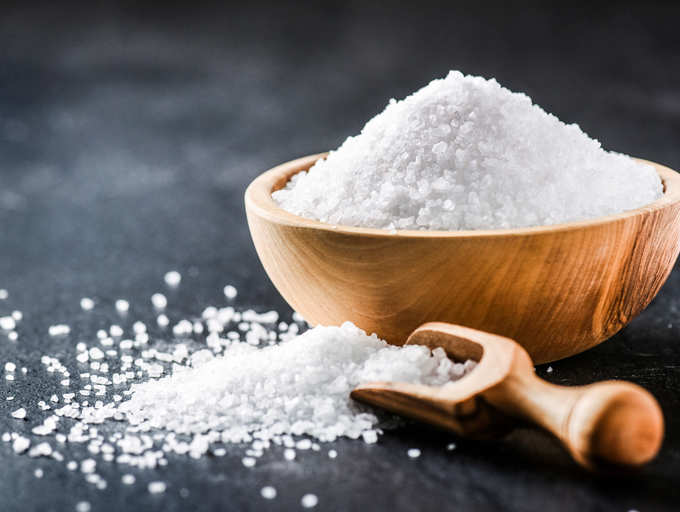
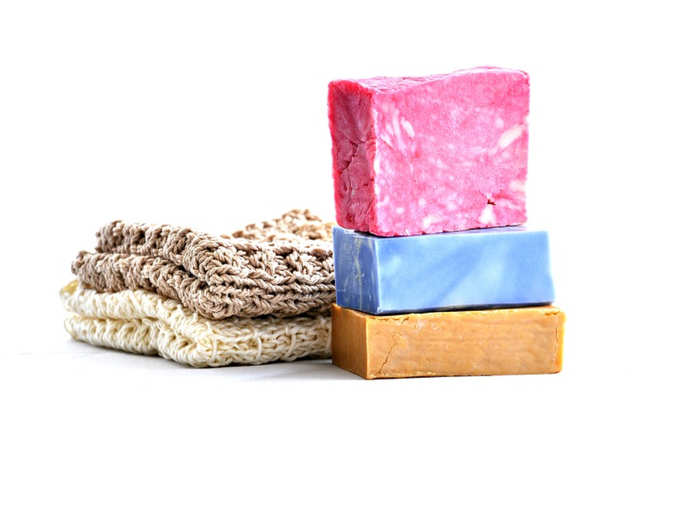
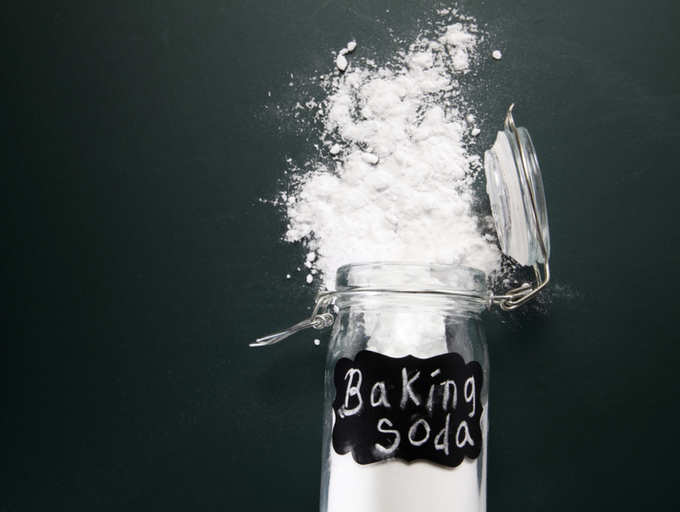




0Comments